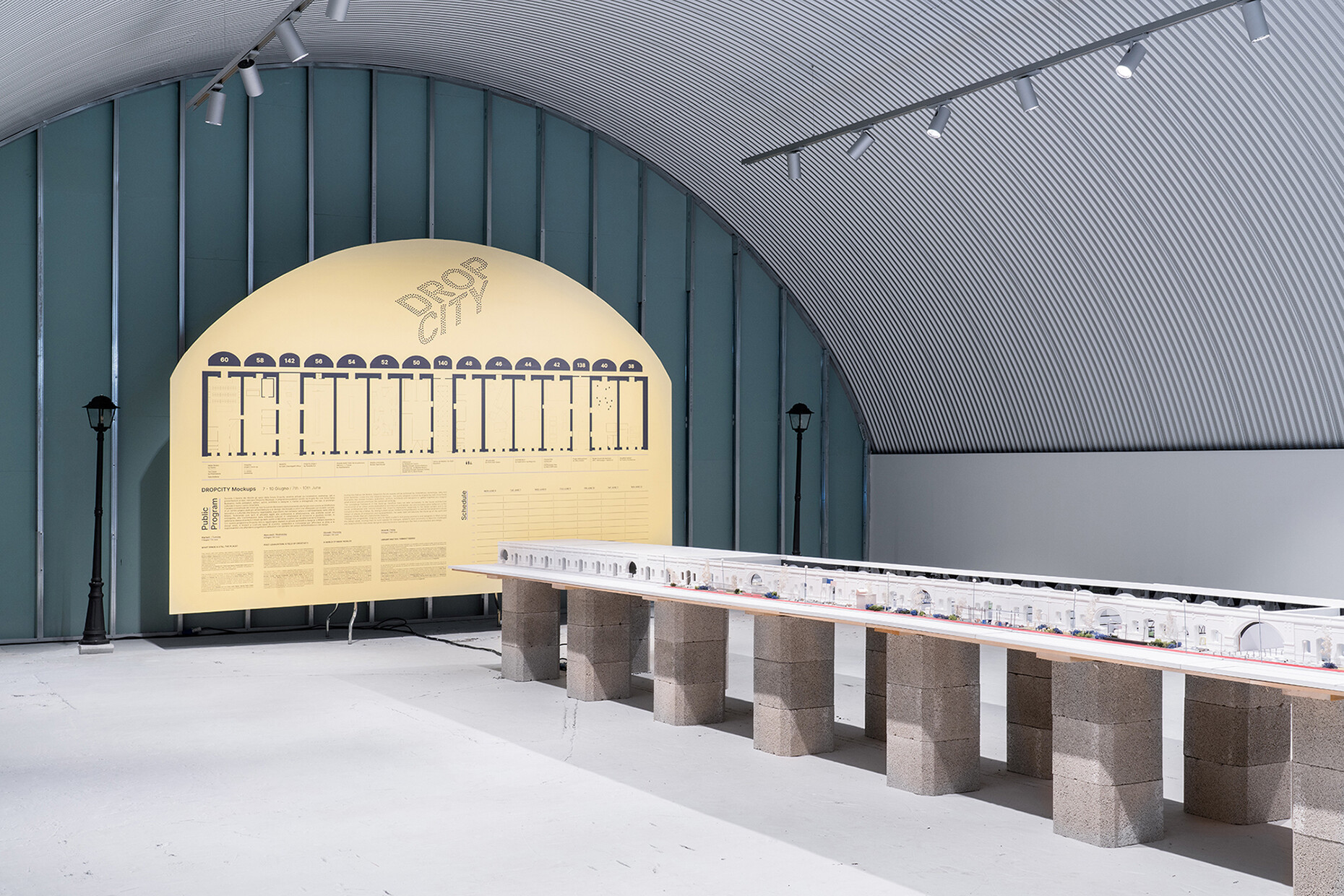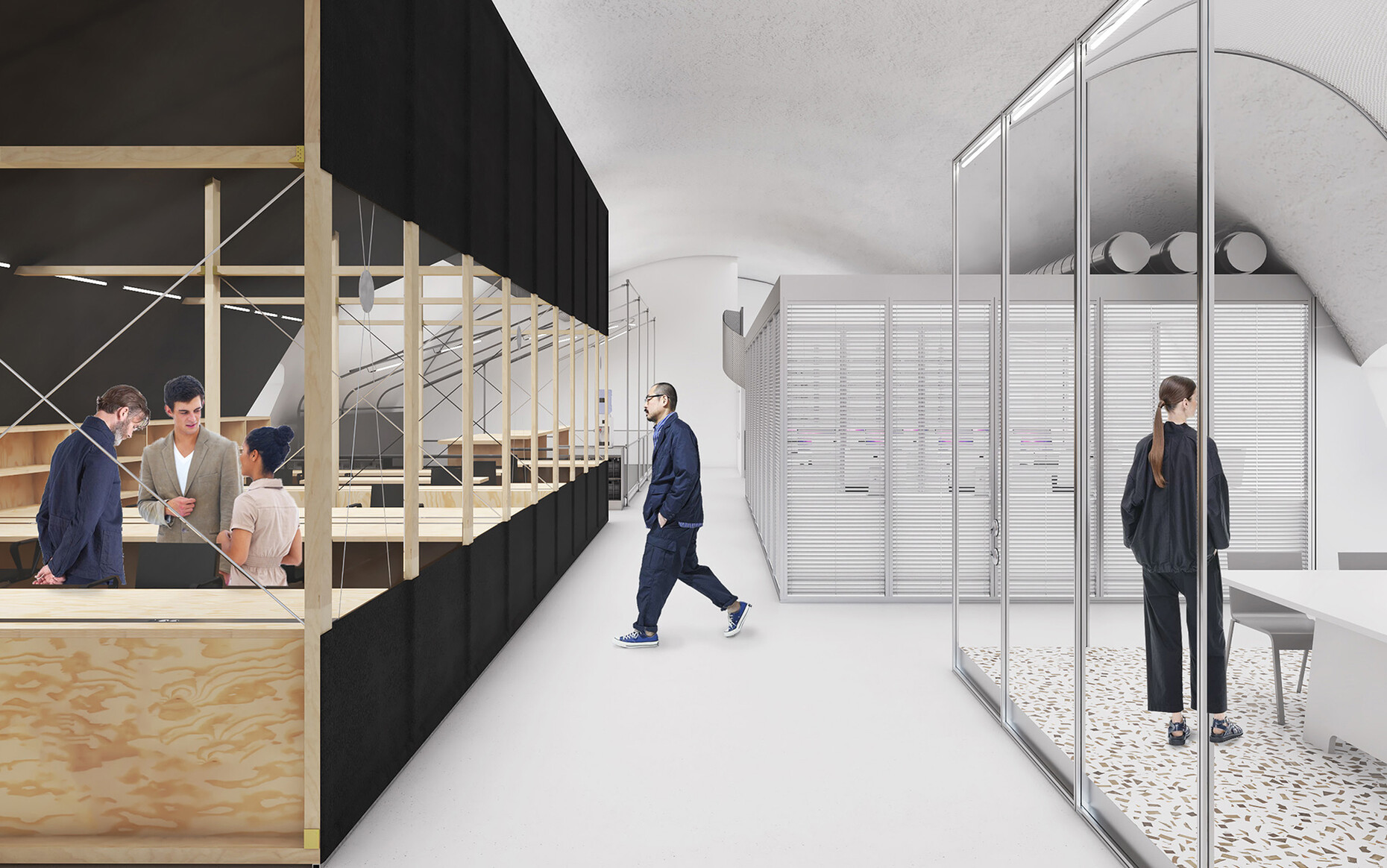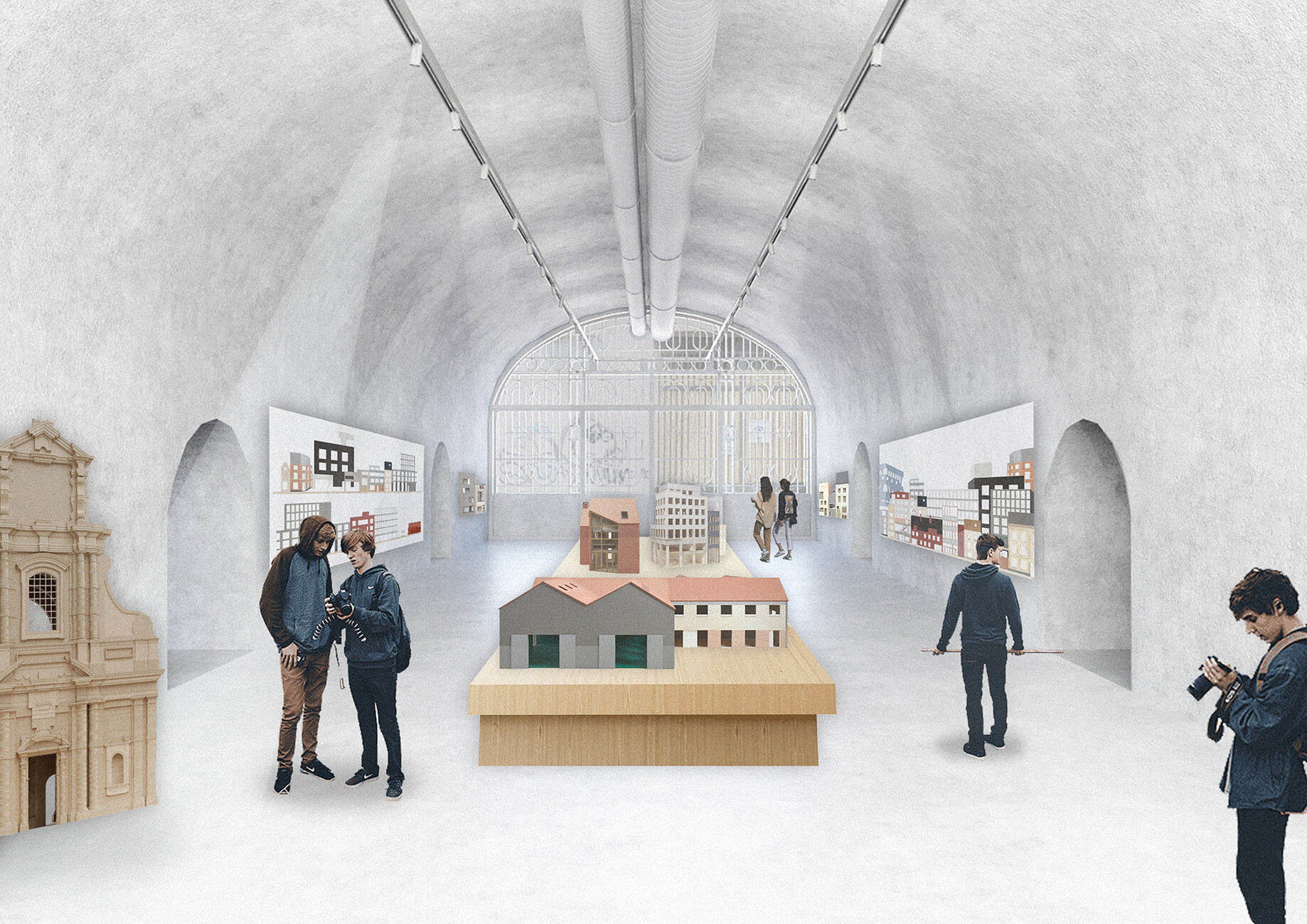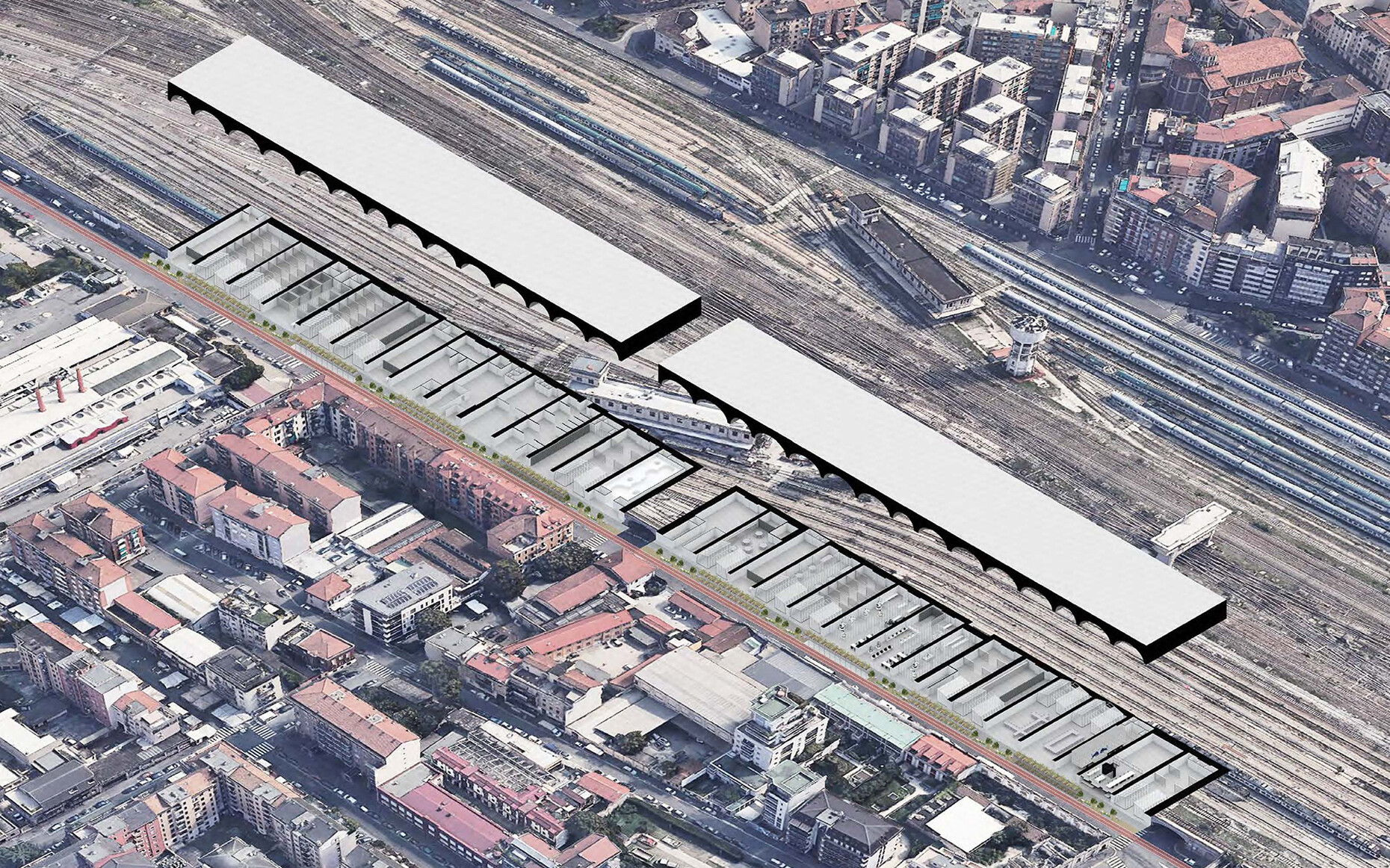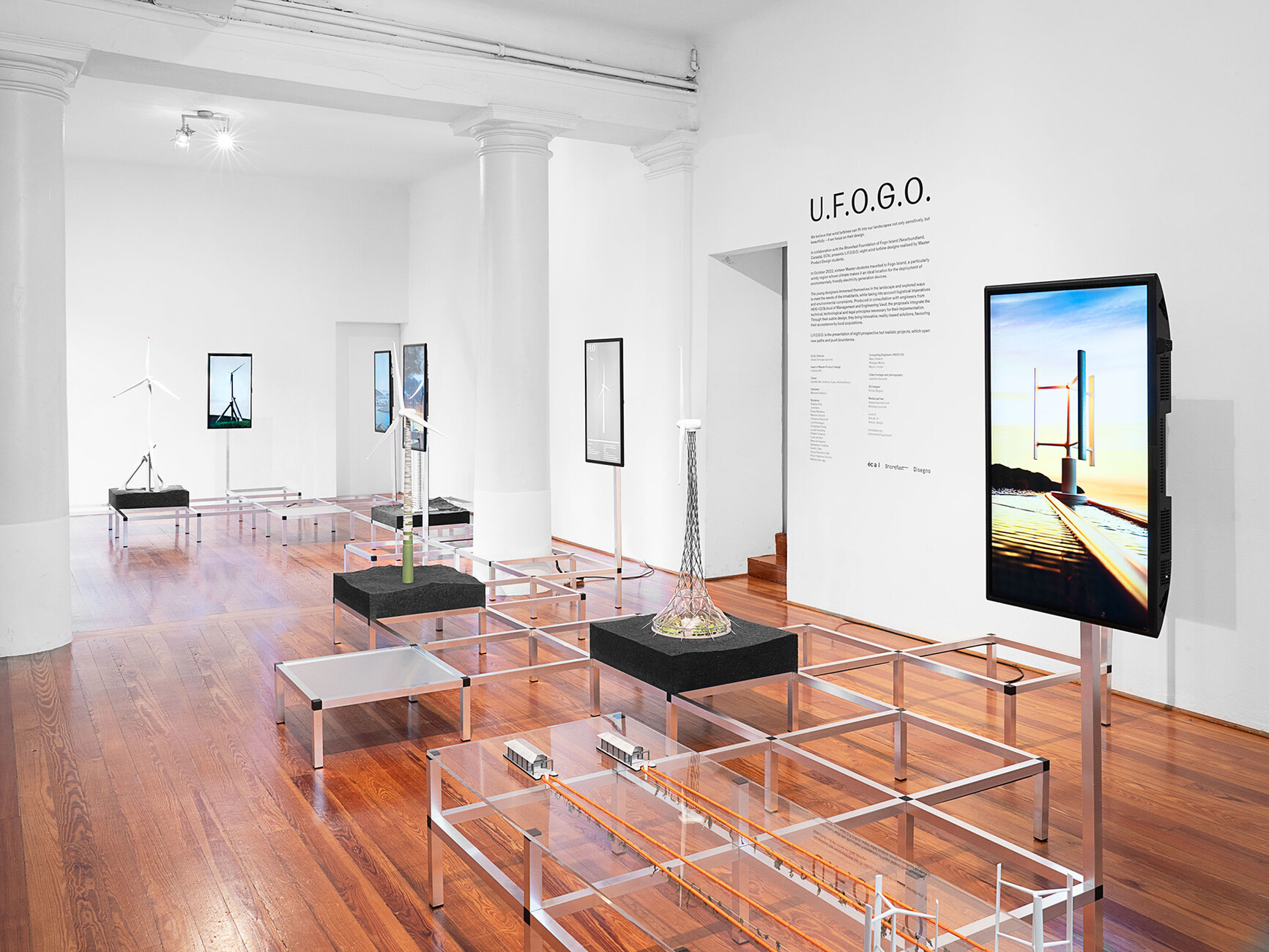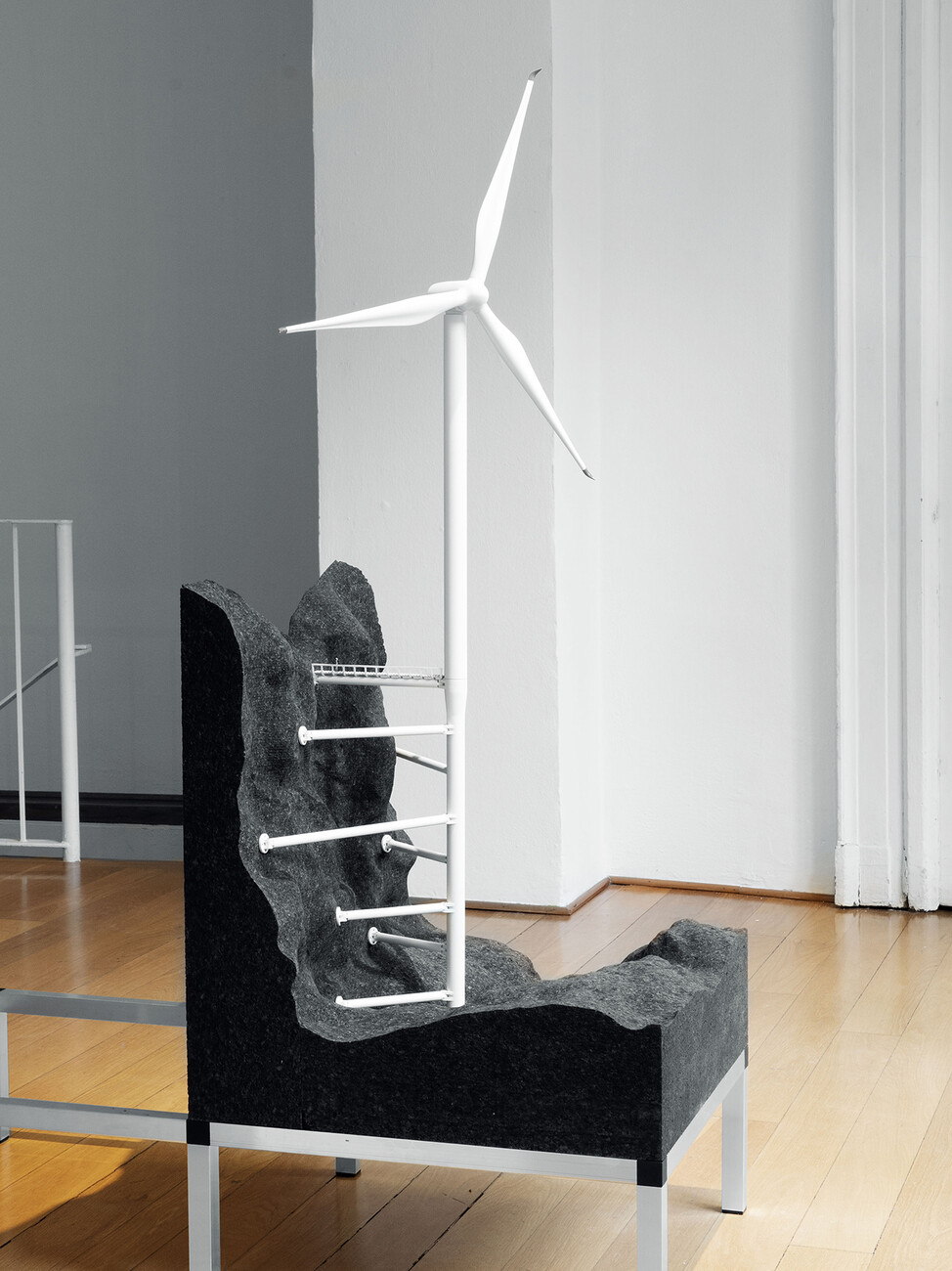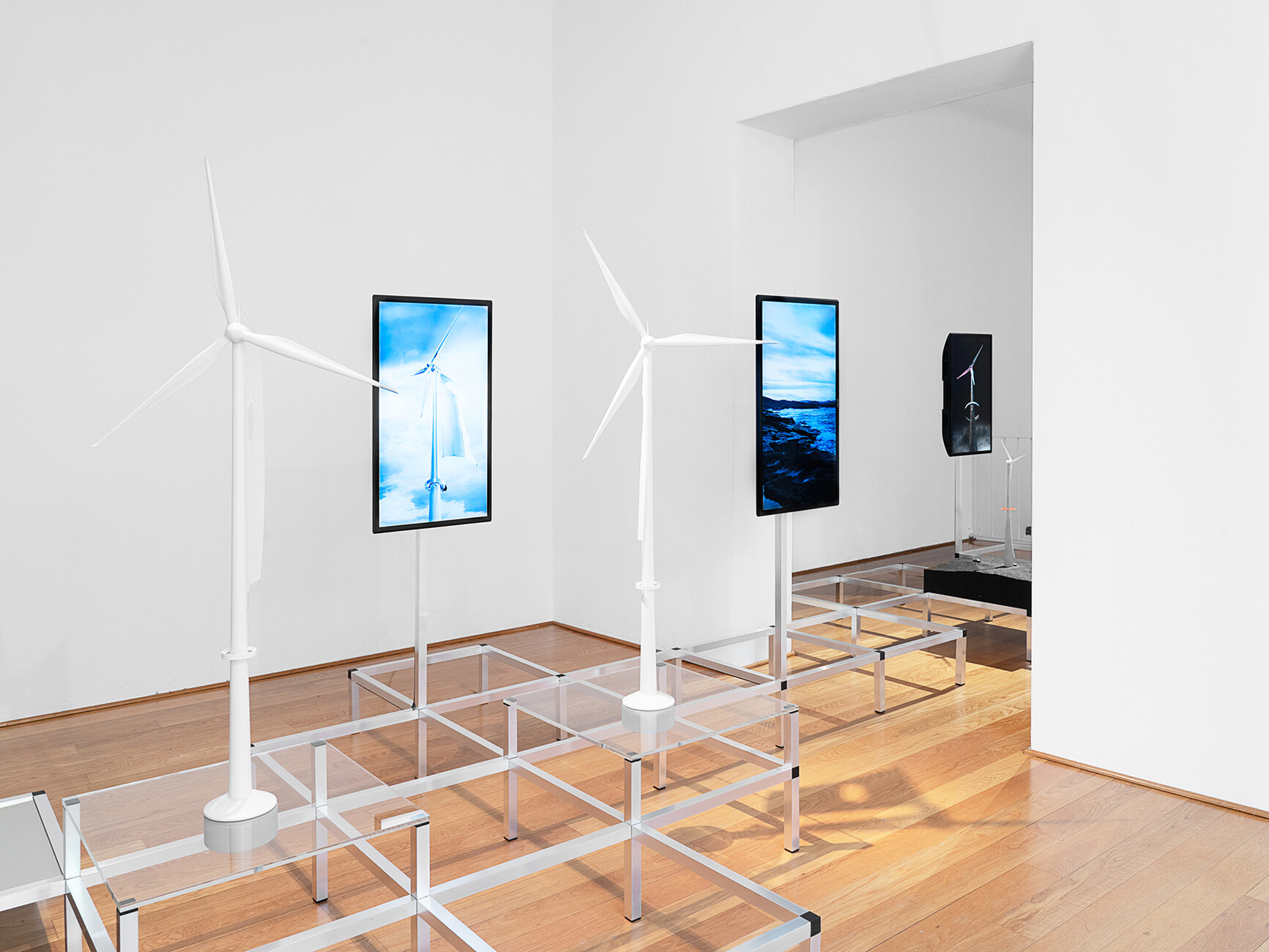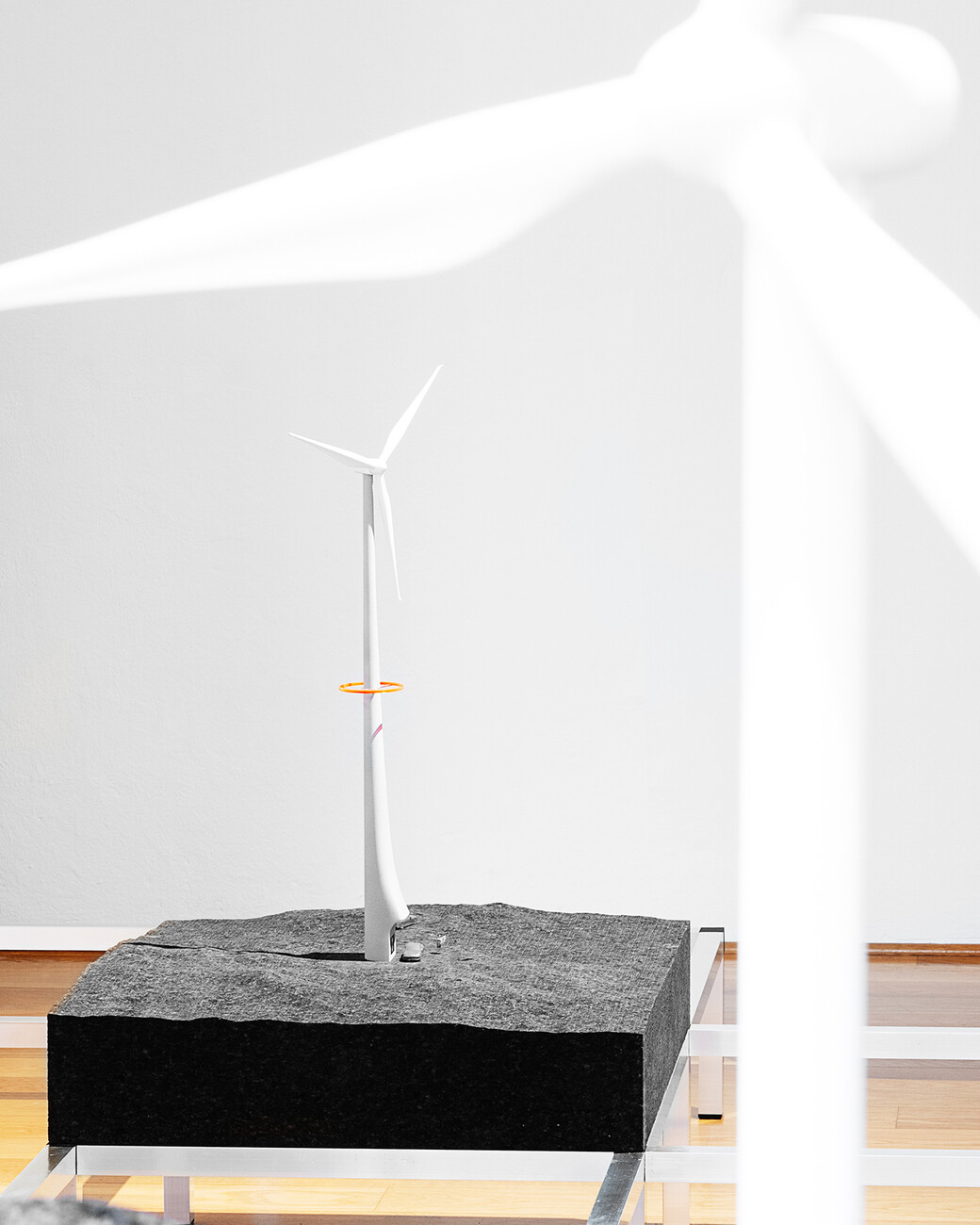REVIEW – MILAN DESIGN WEEK 2023: DROPCITY & U.F.O.G.O.
On the fast track
Milan Design Week is also always a platform for the newcomers of design, whose works predominantly show a solution-oriented focus for the design of our future life and living. Two exhibitions stood out in particular: Dropcity with circular projects and products by international designers and U.F.O.G.O. by the Swiss university ÉCAL with innovative concepts for wind turbines. The experimental and exploratory character played a major role in both places, without, however, losing touch with reality. Focusing on specific challenges also seemed like a good way to approach the complex tasks of the future with a certain nonchalance – and then in the fast lane. According to the motto: Just do it.
The circularity, when old products become the raw material of the future, requires a different approach to design, to processes and procedures. The presentations by Dropcity showed that this is not understood as an annoying necessity, but can happen with solution-oriented design joy. A new architecture and design centre in Milan founded by architect Andrea Caputo, which gathered 15 exhibitions in the tunnel spaces of Milan's main railway station, the Magazzini Raccordati, for this year's Fuorisalone. The strong presence of Asian up-and-coming designers was striking. "Hackability of the Stool" by Daisuke Motogi, for example, showed a scenic installation of 100 new interpretations of the now legendary "Stool 60" stool designed by Alvar Aalto for Artek in 1933: By modifying or adding other everyday products, he had playfully added further, sometimes very clever and new useful functions to the icon. The idea behind it: In times of mass production, how can costs, resources be minimised by using the potential of a universally usable furniture base and simply extending it?
In another tunnel vault, the focus was on the concrete representation of fluid material cycles: the designers Daisuke Yamamoto and Taketo Masui demonstrated in a kind of live workshop how a continuous recycling process can be realised concretely in one place, from the dismantling of old LGS panels to the design and assembly into a new product. The result was the "FLOW" furniture series consisting of a few components. The installation "Re;Code", a sustainable Korean fashion brand that had teamed up with the design unit Dekasegi of the Japanese firm Schemata Architects and presented 12 projects on the theme of upcycling, also had a happening character. Here, too, the potential of industrial waste for furniture, lighting, street furniture as well as fashion was explored. Part of this was the concept "Re;Table": It invited visitors to take part in an extensive workshop programme and to make given products by hand from old materials at the common table. The workplaces for this were fully occupied, completely in the spirit of Maker Culture!
Under the title "The Thinking Piece / Obscure Solutions", a collective of up-and-coming Japanese designers – Studio We+, Takt Project, Sae Honda, Satomi Minoshima and Takuto Ohta – also showed their current prototypes on social topics such as waste disposal, the relationship between nature and products or changes in our living environment. Satomi Minoshima took up the latter, focusing on modern nomadic life. How can we circulate more easily between cities with all our belongings in the future? Inflatable Leather, a minimally designed round seat whose rubber tubes are covered with real leather, is her answer and demonstrates the potential of inflatable furniture in an elegant and durable leather version.
Milan's Brera district was home to the U.F.O.G.O. exhibition by the Swiss university ÉCAL, presenting eight innovative concepts for wind turbines - all very concrete solutions. Renewable energies play an important role in overcoming the energy crisis, and wind turbines are considered a promising idea in this context. But their use is controversial, much debated, concerns about their environmental, social impact a major obstacle to their use: So how can the problem of visual intrusion into the landscape be dealt with? In October 2022, sixteen Master's students in Product Design travelled to Fogo Island, Canada, a particularly harsh and inhospitable region whose climate makes it an ideal location for the use of environmentally friendly power generation systems. The young designers were looking for ways to meet the needs of the inhabitants while also taking into account logistical requirements and environmental constraints.
The eight surprising and visually appealing design concepts were implemented as models. They were developed in cooperation with engineers from the HEIG-VD/School of Management and Engineering Vaud. Which means that they thus integrate the technical, technological and legal foundations necessary for their implementation. The wind turbine "EVIND", for example, also serves as a charging station for electric cars. The structure of "PNEUMA" is designed to integrate a greenhouse, a mix of food production and self-sufficiency. The construction of "PYRE" does not rely on expensive, imported building materials, but is created on site through 3D printing. "WINDSEED", in turn, presents a horizontal offshore wind turbine that can also be used to grow algae - a booming economy on Fogo Island. The island is home to old fish processing factories whose architectural structures became the basis for the idea "RR REUSE", a model that thus also aims to enhance the island's cultural and historical heritage. "CLIFFHANGER" tries to approximate the architecture of traditional stilt houses on the island, using the extremely solid cliff rock for anchoring. And the wind turbine "FOGO FLAGS", decorated with flags and intended to stand on the edge of the coast, positions itself as the landmark of Fogo. For reasons of air safety, wind turbines are only allowed to be white, but the "FLO" idea circumvents this restriction with a beautifully designed relief structure that displays a palette of colours when viewed from the ground and remains white at the top.
"U.F.O.G.O." is a brilliant example of how wind turbines offer a lot of design potential, could be better integrated into the landscape sustainably, aesthetically and even with dual uses in the future if design is placed at the centre of the development process. Innovative solutions are possible and could ensure greater acceptance of wind turbines not only on Fogo Island, but all over the world.

